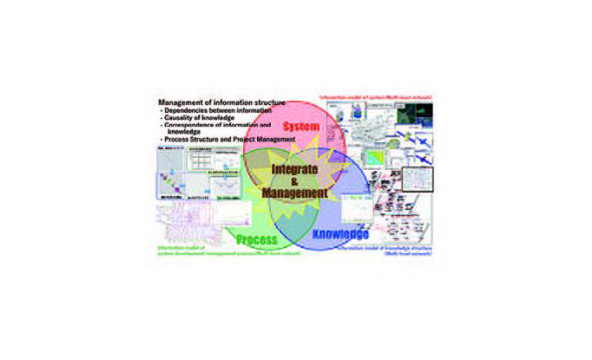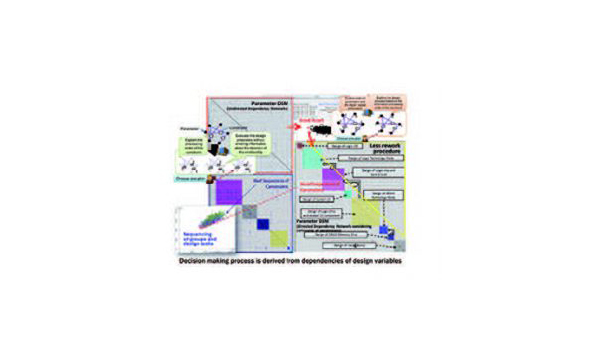Faculty

Socioeconomic System
AOYAMA Kazuhiro
- Position
- Prof.
- Affiliation
- Research into Artifacts,Center for Engineering,The University of Tokyo
Department of Systems Innovation,Faculty of Engineering,The University of Tokyo
Department of Technology Management for Innovation,The University of Tokyo
- Keyword
- System engineering, Design / production system, Knowledge management, Decision making, Project management
- aoyama(at)race.t.u-tokyo.ac.jp※Please replace (at) with @ and send mail.
System Design Engineering & Management



System design based on a comprehension of relationships within a system
In system design, system elements and substructures are changed to improve characteristics of the whole system. Those changes have to be dealt properly while considering impact that may cause. However, in a large-scale complex, there are enormous amount of information in regards to the relationships between elements of the system. As a result, it is difficult to apply conventional methods to the system design. We propose methods to dynamically design systems by means of multi-domain matrices depicting semantic relationships between elements that could be obtained through mining techniques
Model construction support in system design
As seen in the model-based system engineering, models are essential for designing systems. Systems have various purposes, which entails different appropriate models. As the system becomes more complex, the knowledge required to create the model increases. We propose methodologies that can yield models appropriate for the purpose of the design. By incorporating the proposed methodologies, a design environment that supports system design is constructed.
Smart Factory with IoT
Manufacturing systems are dramatically changing. Human-centered manufacturing system without waste (Muri/ Muda), and unevenness (Mura) where not only robots but also people (operators) interact with equipment and products by means of IoT is expected. In the future, the Earth will be seen as one connected factory through Cyber Physical System, which contributes to prosperity of humankind. We propose the future of manufacturing systems in Japan, where society is aging.





